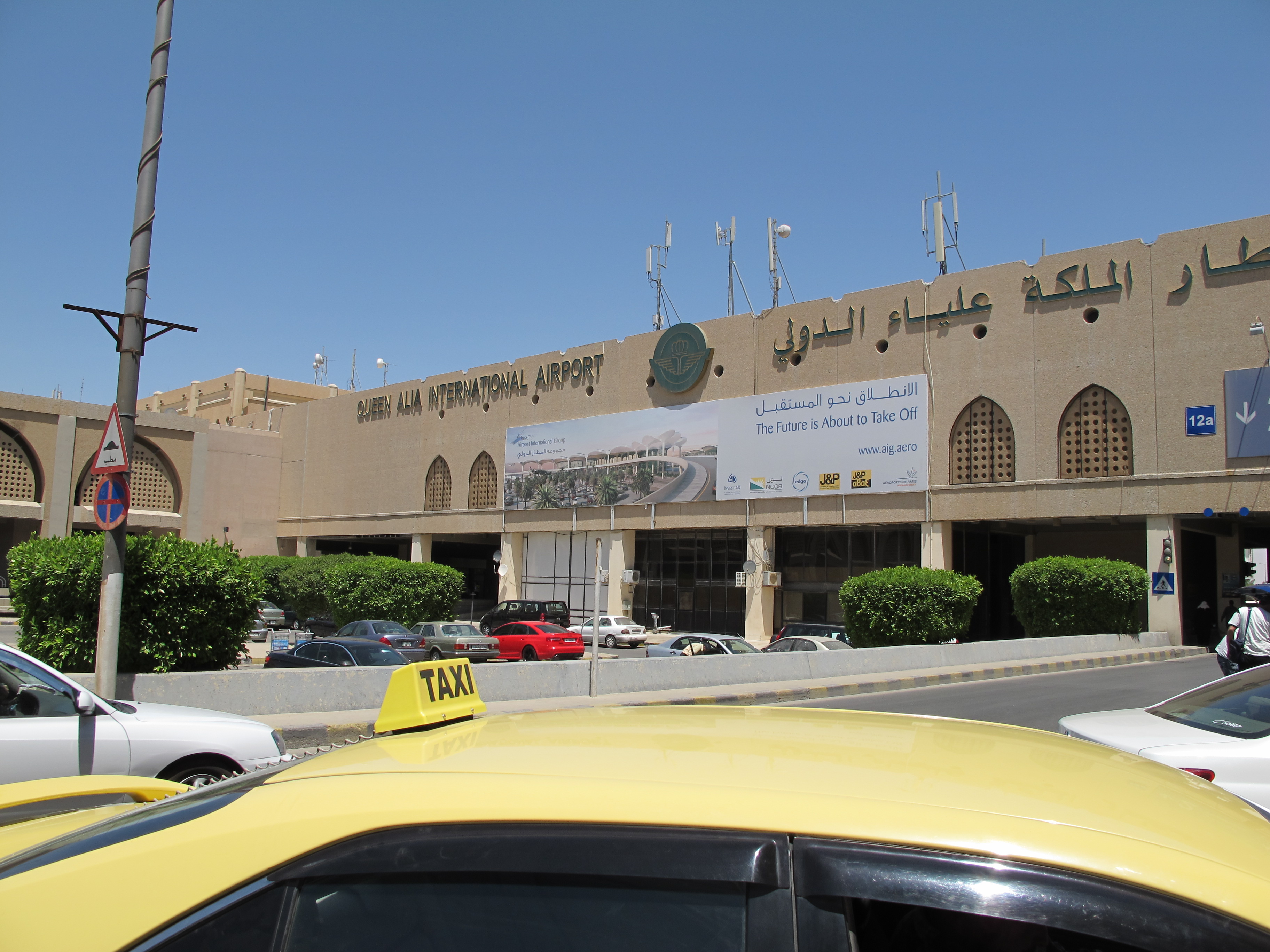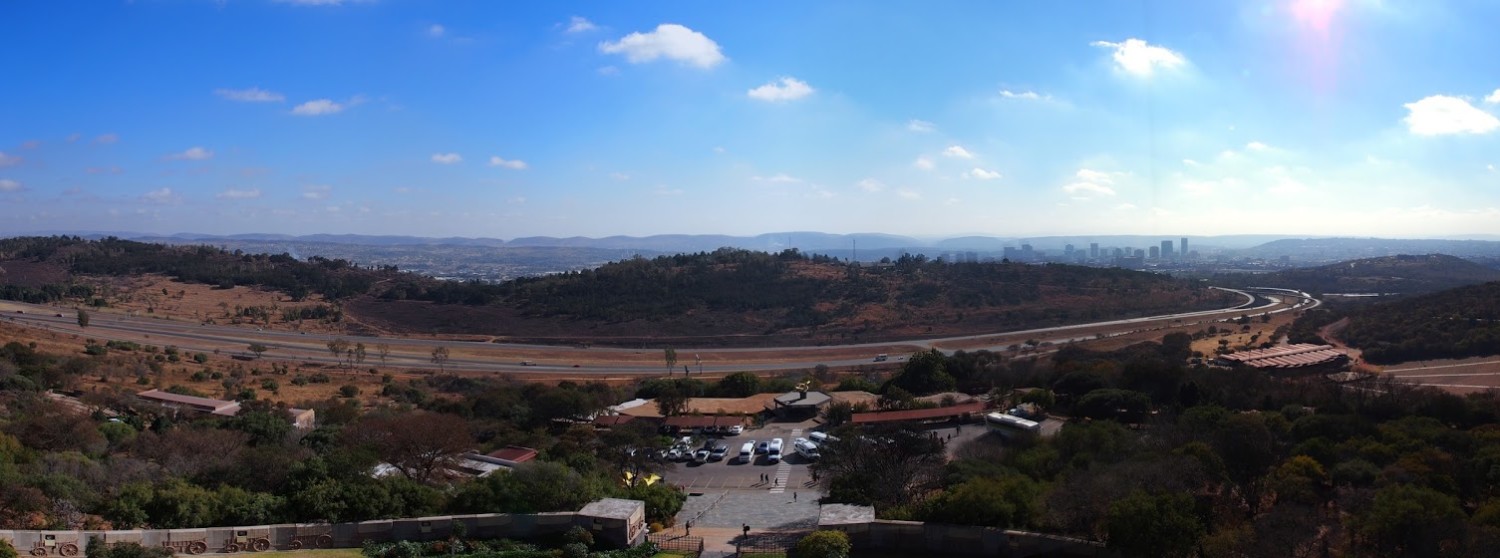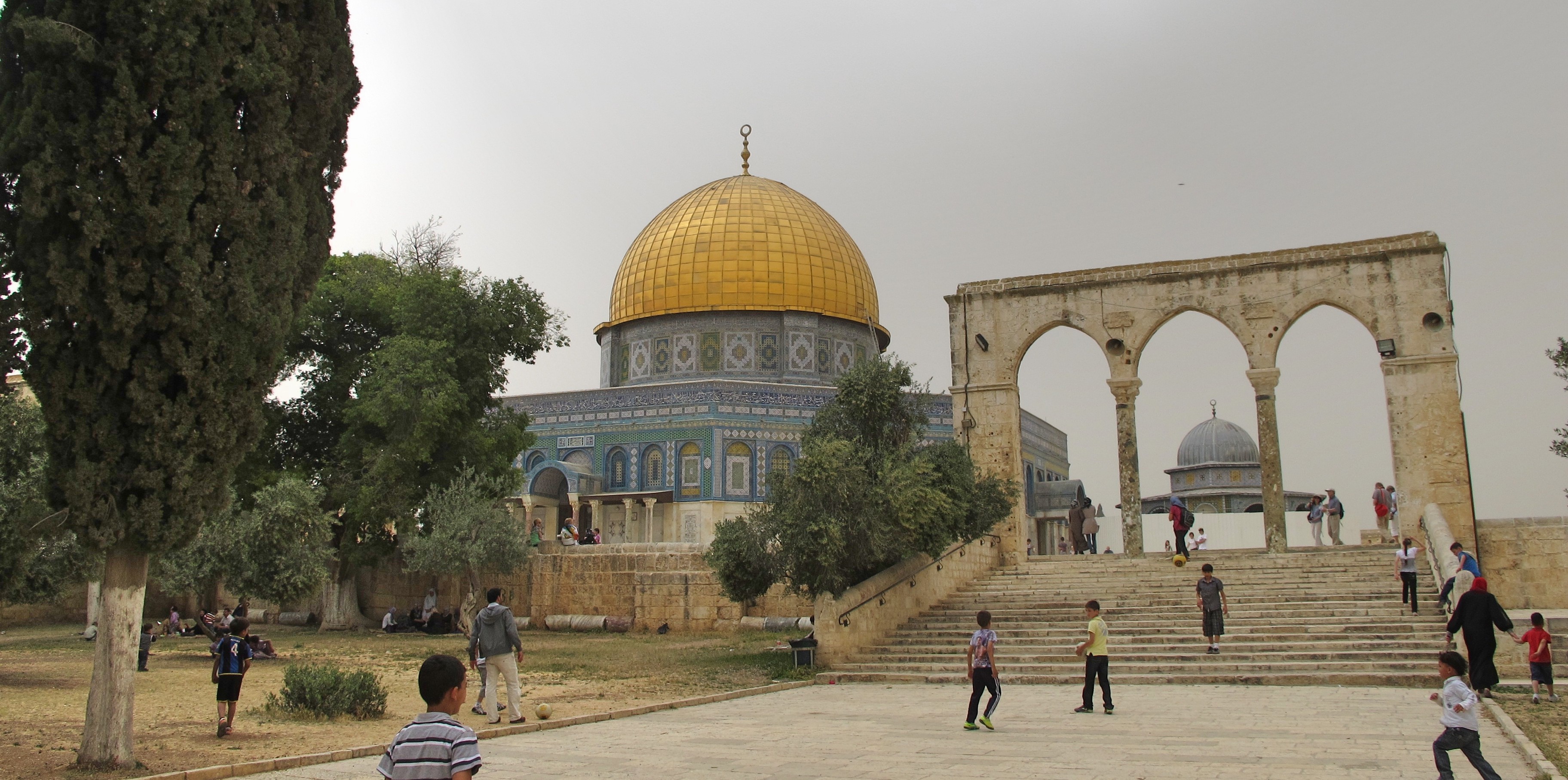The last 2 days of the exotic tour were spent making our way back to Singapore. We drove to Allenby’s bridge (King Hussein on the Jordan side) and dropped the car off before heading through the immigrations. Crossing back to…



The last 2 days of the exotic tour were spent making our way back to Singapore. We drove to Allenby’s bridge (King Hussein on the Jordan side) and dropped the car off before heading through the immigrations. Crossing back to…

Earlier we had made a reservation from the hotel for a tour (Under Bein Harim) in Bethlehem, having not able to figure out how to go by ourselves (and avoiding the hassle of doing so). A bus with a couple…

Our 2nd day in Jerusalem started with a visit to the Yad Vashem museum, which was a museum focused on the topics of WWII and the atrocities of the Holocaust. There were audio guides available that gave information as we…

Started the morning with breakfast at the restaurant next to the hotel, Yotvata at the promenade. Bought the vouchers from the hotel reception at a discount. After retrieving our vehicle from the carpark, it’s a one and a half hour…

A short stay at beautiful old town of Nazareth and we were going westwards. After having our breakfast at the hostel, we drove first to the Crusaders fort at Acre (pronounced Akko) some 40km away. Once we arrived, managed to…

There was quite a lot of ground to cover as we first moved northwards towards the Golan heights to visit Nimrod fortress before going the to Banias National Park for some nature walks and to see the waterfall. Checked out…

It was the end of the Jordan leg of the trip and onto a new country that would be equally exciting. This country being a birth center of 3 major religions and its modern day political controversies definitely had us…

A brief summary on the itinerary Escape Plan to Doha, Jordan and Israel 2012: Total duration 16D17NSingapore is 5hrs ahead of Doha,Jordan and Israel.Flight time is 7,5hrs direct flight on Qatar Airways from Singapore to Doha.Night flight on 20th April and arrival…